We recently connected with Buz Marthaler and have shared our conversation below.
Buz, thanks for joining us, excited to have you contributing your stories and insights. What sort of legacy are you hoping to build. What do you think people will say about you after you are gone, what do you hope to be remembered for?
As a Co-founder of Wildlife Rehabilitation Center of Northern Utah (WRCNU), I hope to one day be able to step away and watch as this organization which several of us have literally poured our blood, sweat, and tears into continues to grow and be successful.
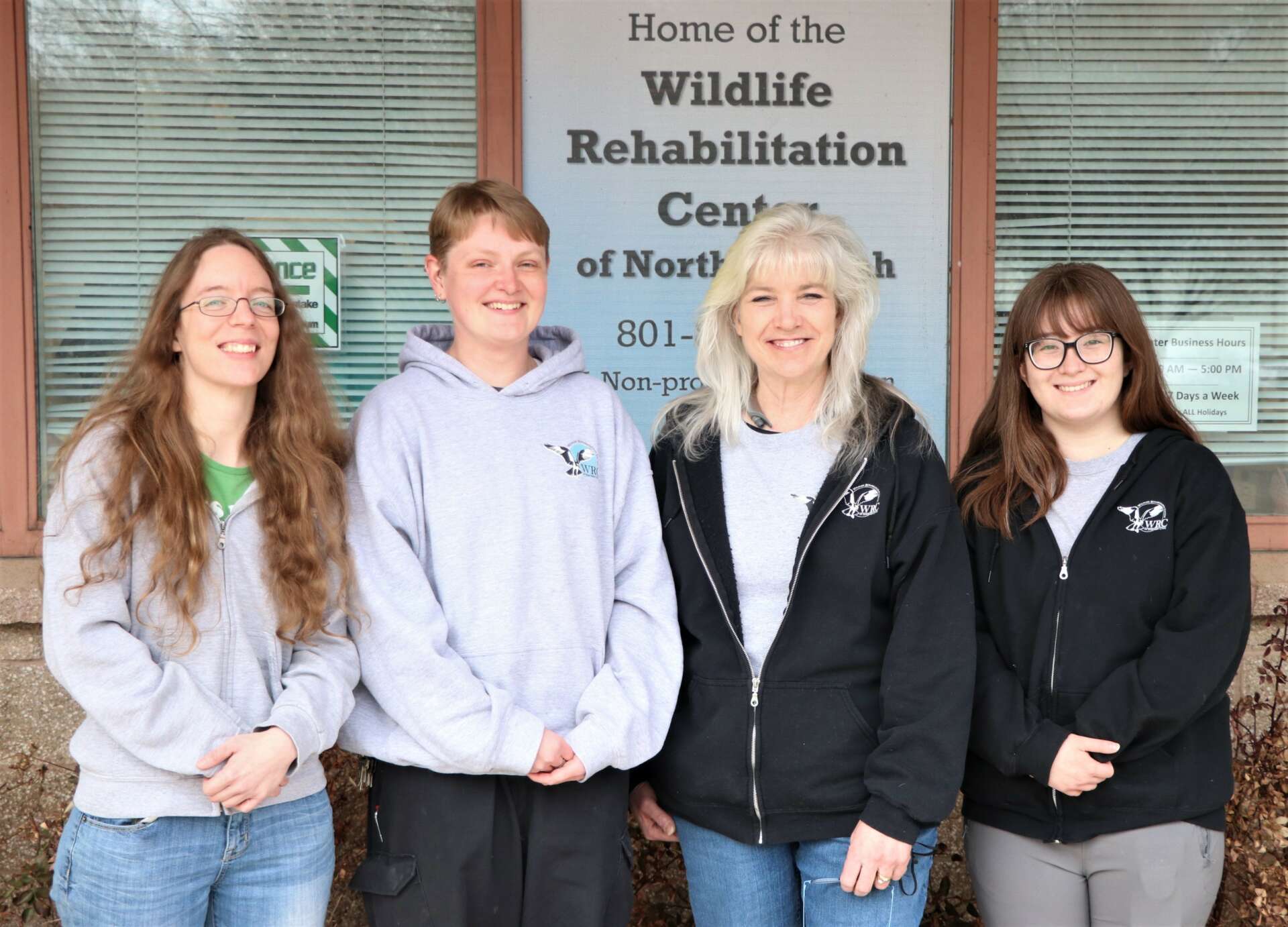
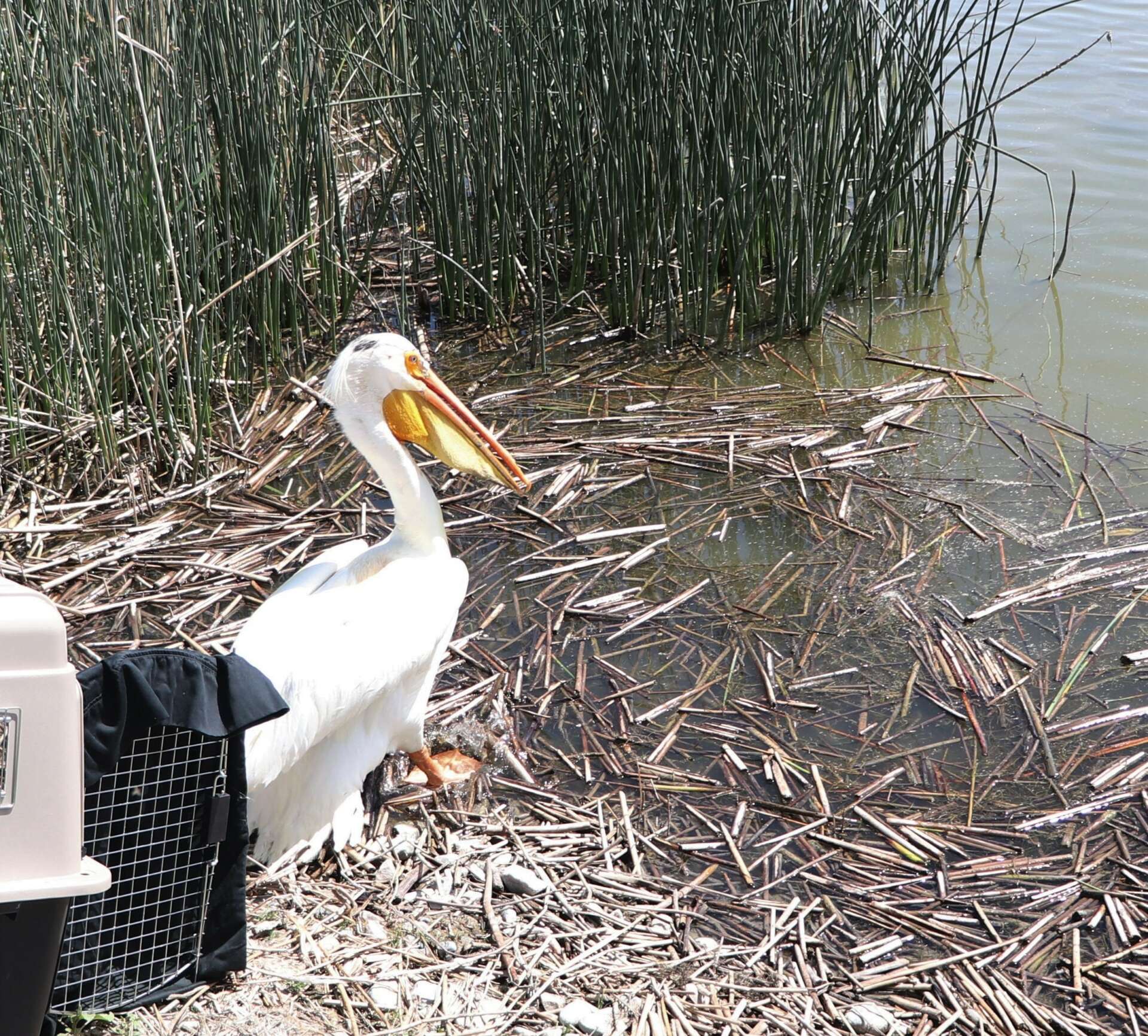
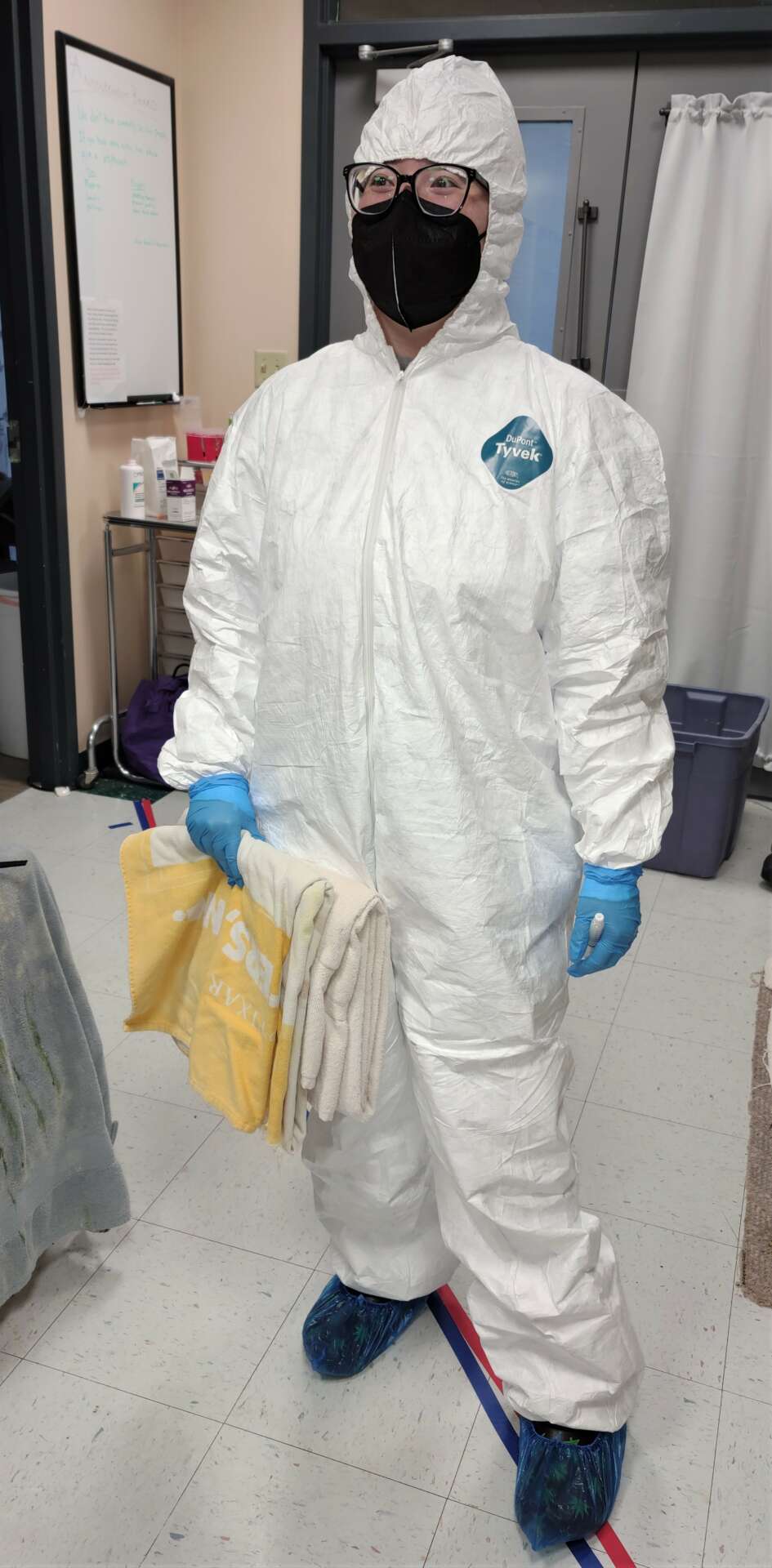
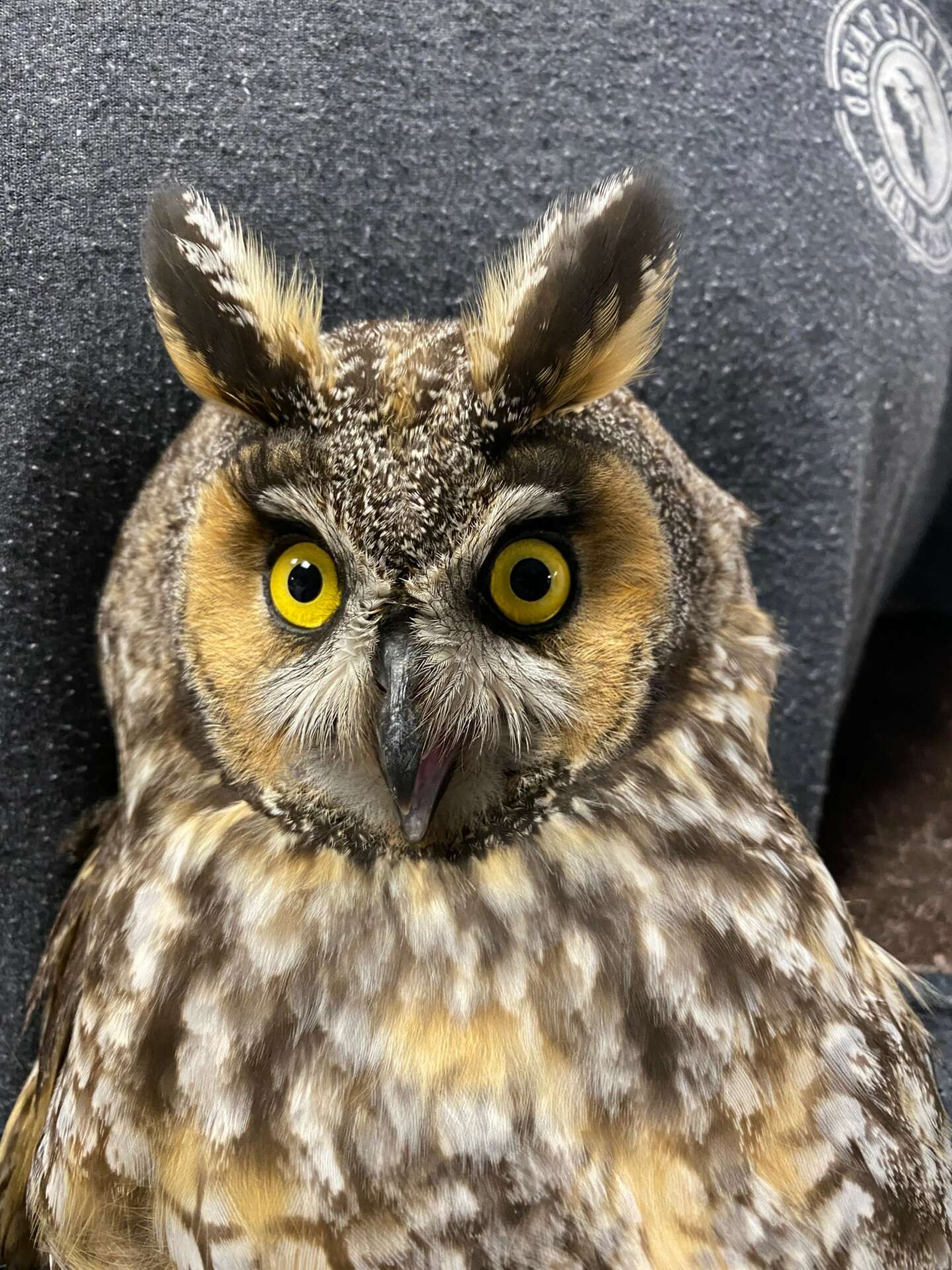
Awesome – so before we get into the rest of our questions, can you briefly introduce yourself to our readers.
I retired after a 28-year career in the USAF back in 2004. I had no desire to look for a second career. My intent was to work in my yard, hike, backpack, and enjoy frequent visits with my family (spread across the nation) and possibly look for a volunteer position with a few hours each week. That dream lasted 1-1/2 years. I went to bed every night tired from the day and planning my next day. That was until Feb 2nd, 2006 happened and my entire life plan changed.
Long story short, an injured pigeon waked into my garage, but at the time I had no understanding of what its injury was, just that it was starving and readily ate and drank the seed/water I put down for it.
After a few calls, I found a Wildlife Specialist and took the bird to her early the next morning.
Less than a week later, I began my volunteer work and it quickly got out of hand as I kept finding reasons to help out and provide the skills that I had and this organization obviously needed.
Volunteerism, especially when it involves wildlife, requires dedication, hard work, and in my opinion people willing to take on responsibility towards the organization’s mission. It is not about the individual and yet we see so many people who seem to be there for the warm fuzzies they get and not for the “reason” the organization exists. I feel it is very important to ensure your values align with the mission of the organization you are serving. When you and the mission align, trust me, those “warm fuzzies” will come, just keep them secondary to why you do what you are doing.
Our Earth is being bombarded by the entire human population and its activities; Mother Nature is on the run. This problem directly impacts all of us and yet far too many ignore the issues we face, while others deny the problems even exist. I believe that most of the negatives we face, to include many of the cancers and adult/childhood diseases, are linked to how we have negatively impacted the land, water and air we must have just to survive.
WRCNU’s primary work is to “educate” the public about our human impact on wildlife and nature. We do this by using “rehabilitation” as the key to open the door to learning.
When someone brings us a sick, injured, or orphaned animal they are usually very responsive to learning more about it; about what its injury is and its chances for surviving the injury. These individuals want to know what species it is, how they can help and prevent an injury of this type in the future. Whether it is a finch or an eagle, a chipmunk or a beaver, they are interested, often for the first time, in the wildlife that is literally in their hands and often times from their own backyard.
We try to harness that desire to receive help and to learn. While 95% of our work is rehabilitation, we are educating 100% of the time, from the first call a customer makes to the Center until the animal they rescued is finally released.
We feel that by engaging our community with the wonders of nature we have a chance to make them more aware of the problems we face if we just sit back and do nothing. We have conversations on little things that we might change, in how we live and in how we interact with nature.
“Problems you solve for your clients”?
When someone accepts responsibility for trying to help an injured animal, they often suddenly feel helpless. They might think, “What have I done? Maybe I should just put it back.”, but they realize that putting it back, may mean it suffers and dies, so “Now what?”
WRCNU is here to remove that stress; we are licensed by both the state and federal government to accept and rehabilitate most wildlife species. For the general public, It is only legal for them to immediately transport sick, injured or orphaned wild animals to a licensed facility like WRCNU. It is not legal to attempt treatment other than to make the animal feel safe (a warm, dark, securely closed box—once inside, no touching or peeking); no food or water, etc., because to do so is often far worse than doing nothing at all.
What sets (us) apart from others”? In Utah, there are far too few wildlife rehabbers, so we are the only Wildlife Center in Northern Utah that takes all avian (bird) species from hummingbirds to eagles as well as small mammals from the tiniest chipmunk or squirrel to full grown Beaver. By the simple fact that we take in 3,000 – 4,000 animals annually, we default as the largest Rehab Center in the state.
“What are you most proud of…?”
I’m extremely proud of having been a part of building this organization from the dust. We started out in 2009 to save the last and only Wildlife Rehab capability in Northern Utah as it was being forced to shutdown. We quickly became a bare-bones grassroots organization without any knowledge of whether we could make it—we needed funding and a place to work from. Thirteen years later and counting, we have treated more than 33,300 animals and returned about 66% of them back to the wild. We have placed many viable yet non-releasable animals into licensed facilities and educational centers across the nation—zoos, nature centers, conservation education centers, aviaries, etc.—to be used as Education Ambassadors rather than having to euthanize them.
“What are the main things you want potential followers/fans to know about you/your work/ etc.”?
What most people don’t realize is how hard it is to finance something like this. Many assume we are government funded, which is far from the truth. In fact, we are restricted by state and federal law from requiring payment for rehabilitation services … there are no government funds for wildlife rehabilitation in Utah. We must receive all of our funding through public donations and a few hard to find grants.
There are funds to help with the spay and neutering of pets, but nothing to help our Nation’s Symbol, the American Bald Eagle, when one is injured. We must fund everything we do through donations, so while one person might bring in a Golden Eagle with a broken wing, they usually walk away without giving anything. We often hear from these same rescuers that “the eagle was our donation”.
Well, that eagle will cost WRCNU $500-$3,000 (whether we are successful or not) for all of its medical costs not including $5-$7 a day just to feed it over the course of 2-6 months, another $300-$1,300.
The funny and sad thing is that it is the rescuers who bring in a small finch or bunny and donate $100-$1,000 dollars who end up helping to pay for the eagle.
Thankfully, over the years, we have gained a large number of loyal “WRCNU Sustainers” who donate on a monthly/annual/periodic basis and keep coming back who give us the breathing room we need to continue our work and grow. We could not do it without our amazing supporters; they are truly responsible for all the good we are able to do.
How did you put together the initial capital you needed to start your business?
Other than some pieces of rundown equipment, caging, a freezer, and a Laptop, we were on our own when the notice came down that the original organization providing support no longer felt it was within their mission. We had to start a nonprofit from scratch, which meant the $750 check just to apply for 501(c)(3) status had to come out of the pockets of the initial Board members. The food for animals was all donated by the loyal volunteers who left the previous organization, just to make this work.
We had many supporters of the past organization who followed with their support, but we had no idea at all, if we could make it financially.
We used the news channels to put the word out that we needed a place to work out of and through that, a Veterinarian friend with a recently closed (for sale) facility allowed us to use it until it was sold. Every penny that came in was carefully spent on items that we had to have (utility bills mostly). We cut costs on utilities, we received and anonymous donation to pay for our Wildlife Specialist’s meager salary for the next 6-months; volunteers continued to donate animal food and we made it through our first year with little to spare, but WE MADE IT!
A year and a half later another long-term facility (old City Animal Shelter) was shut down and we negotiated hard, wrote letters stating the positive impact our operation would have on the city, etc. That facility was a HUGE win for us and we are still operating out of it 11+ years later.
Had you asked me 10-13 years ago if I thought we would be doing so well just 10 years after starting, I’d have said, “no”—thankfully, I was wrong. We have been very blessed with each turn in our journey, so far and all it took was a lot of “blood, sweat, and tears.”


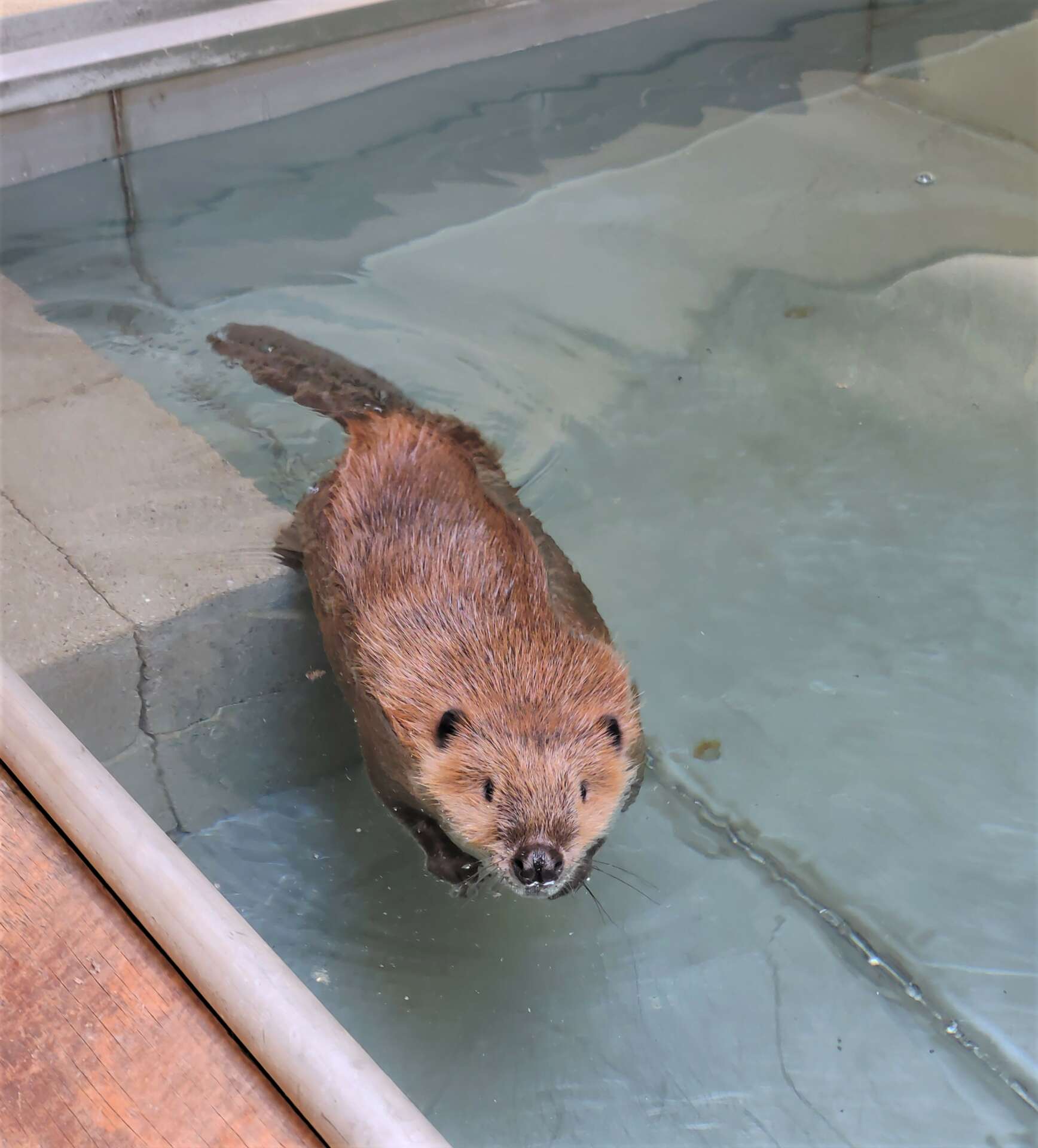
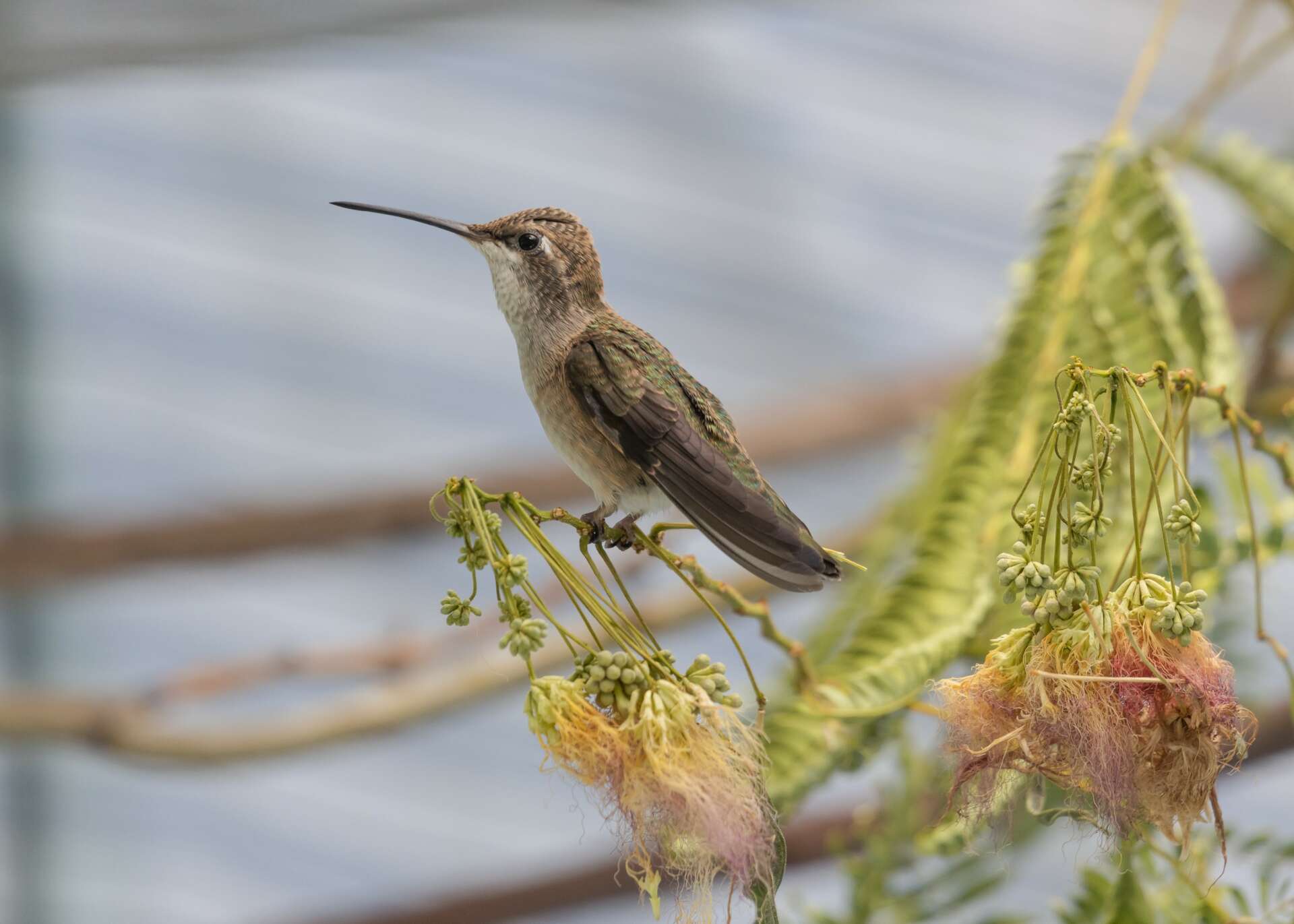
How do you keep in touch with clients and foster brand loyalty?
Our support and supporters initially came from “word of mouth” primarily; it had to grow by people searching for places to help with the injured animal they found. It was not easy for the public and we did not have the cash to mail flyers or pay for ads to advertise our existence—it was a very slow process to build up our supporter base.
Social Media took hold about 12+ years ago and so we were able to harness that potential on our Facebook page. People started to share our stories as they were passed around and now if someone posts a photo with a request for help, we tend to rise to the top as people who know us are tagging us and telling people who we are and what we do.
We now have three seasonal newsletters that we send out to those who have supported us in the past and most recently, this last month in fact, we launched our first monthly e-newsletter, which is already being well received.
We don’t really sell anything, as most businesses do, we simply provide a much needed service and it continues to grow, need-wise, every single year. We are pretty certain that the injured wildlife we receive is still (sadly) just the tip of the iceberg.
Contact Info:
- Website: https://wrcnu.org/
- Facebook: https://www.facebook.com/profile.php?id=100064622444922
Image Credits
Laura Lee Bradford; April Olson; WRCNU File Photos


